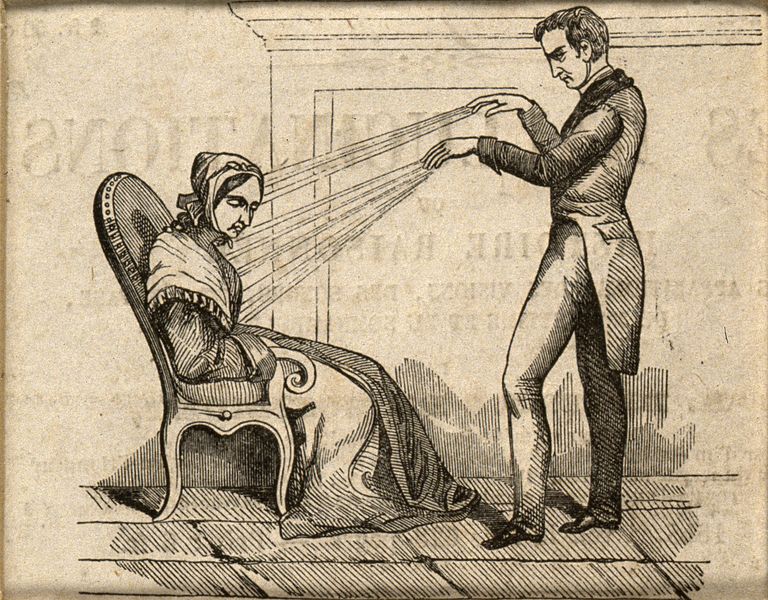Key Difference – Mesmerism vs Hypnotism
Mesmerism and Hypnotism are two techniques employed to induce a trance-like state in an individual. These methods are used by psychologists to alleviate various psychological conditions. A primary distinction between these two techniques is that words and sounds play a significant role in hypnotism, while their importance is minimal in mesmerism.
What is Mesmerism?
Mesmerism, also known as animal magnetism, refers to a type of hypnosis developed by 18th-century German doctor Franz Mesmer. A mesmerism practitioner is called a magnetizer. Although mesmerism was not considered a scientific technique, there was much interest in this practice, particularly in the 19th century. It is even regarded as an early form of hypnotism.
Mesmerism induces a deep trance-like state in the individual and can be used to treat various psychosomatic conditions. Research indicates that it can also be used for conditions like arthritis. In mesmerism, a transfer of energy occurs between the patient and the magnetizer. This allows the magnetizer to utilize the energy to heal the individual. In mesmerism, words do not play a significant role. Instead, the magnetizer uses passes to create change, enabling them to use the energy.
What is Hypnotism?
The Oxford English Dictionary defines hypnotism as the practice of causing a person to enter a state in which they respond very readily to suggestions or commands. Experts believe that this increases the individual’s focus and enables them to concentrate on a particular memory. Hypnotism is used by therapists and performers alike. When employed for therapeutic purposes, hypnotism aims to heal a person. It is believed that hypnotism can be used for maladaptive behavioral conditions.
In hypnotism, sounds and words play a significant role as they are used to make suggestions to the person under hypnosis. It is believed that although mesmerism does not rely much on words, mesmerism inspired the technique of hypnotism. Dr. James Braid is considered an essential figure in this endeavor. Hypnotism has evolved considerably since then, developing into Ericksonian hypnosis, created by Milton Erickson in the 1960s.
Key Takeaways
- Mesmerism and hypnotism are techniques used to create a trance-like state in a person to treat various psychological conditions
- In hypnotism, words and sounds play a major role, unlike in mesmerism where the significance given to words and sounds is minimal
- Mesmerism is considered to be effective for psychosomatic conditions, while hypnotism is effective for maladaptive behavioral conditions
